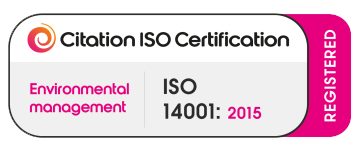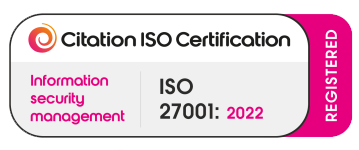Advanced work packaging
Traditional approach
The advanced work packaging process has been steadily gaining momentum within the oil & gas industry. Its primary purpose is to align engineering and procurement deliverables to path of construction. This releases complete and available work scopes to the field, improving field productivity and time on tools. Without readily available completions data, the path of construction fails to consider the path of completion. Projects are broken down into construction work areas, which are subsequently broken down further into construction work packages.
These are used by workface planners to develop installation work packages. This approach is problematic as the construction work packages become too large, and do not provide enough focus for engineering to deliver against. Furthermore, this approach is heavily reliant upon the skill of the workface planners to create effective installation work packages.
The asset55 Execute approach
Our approach is to improve two critical areas of the advanced work packaging process. Firstly, we include the completions data into the optimisation of the path of construction. Secondly, we breakdown construction work packages in a consistent manner, which improves engineering focus and the optimisation of
![]()
installation work packages. Using our digital systemisation and test pack development processes, completions data is made available when the path of construction is being developed. Construction work packages are broken down based on primary structural steel into fabrication / erection blocks, which are typically 90% smaller than a traditional construction work packages. We then extract the tags using our box offtake process, and categorise them by discipline into 3 categories, P1, P2 and P3:
- P1 tags reside completely inside the volume and should be installed at outfitting
- P2 tags cross the block volume on a horizontal and should be installed when 2 blocks come together
- P3 tags cross the block volume on the vertical and should be installed once the block above is erected
Categorising all tags by block and install priority makes the installation work package planning process both simpler and more consistent. It also narrows down the engineering delivery priorities by block, which reduces the likelihood of late changes.
Value
When overlaying completions data, completions activities are automated by highlighting opportunity release scopes when blocks come together, test packs for walkdown, cables to pull, etc. The path of construction can be optimised by simply re-sequencing block delivery.
- Optimised path of construction inclusive of path of completion
- Consistent and more effective advanced work packaging approach
- Automated completions planning
- Plans based on block movements, which are easy to understand
- All available visually for collaboration and communication
- Reduced reliance on skill of workface planner
- Lower planning costs
- Model Reviews
Model reviews
We can support our clients in improving the accuracy of the 60% and 90% model reviews. Our approach is to take all engineering deliverables (data files) and cross-reference these with the 3D model to identify gaps, discrepancies, and tag number mismatches to improve the accuracy of the 3D model prior to each review. Typical data files include:
- Line lists
- Equipment lists
- Valve registers
- Cable schedules
- P&IDs
- Pipe supports
Do you have any questions?
If you have any questions, feel free to contact us at any time.







